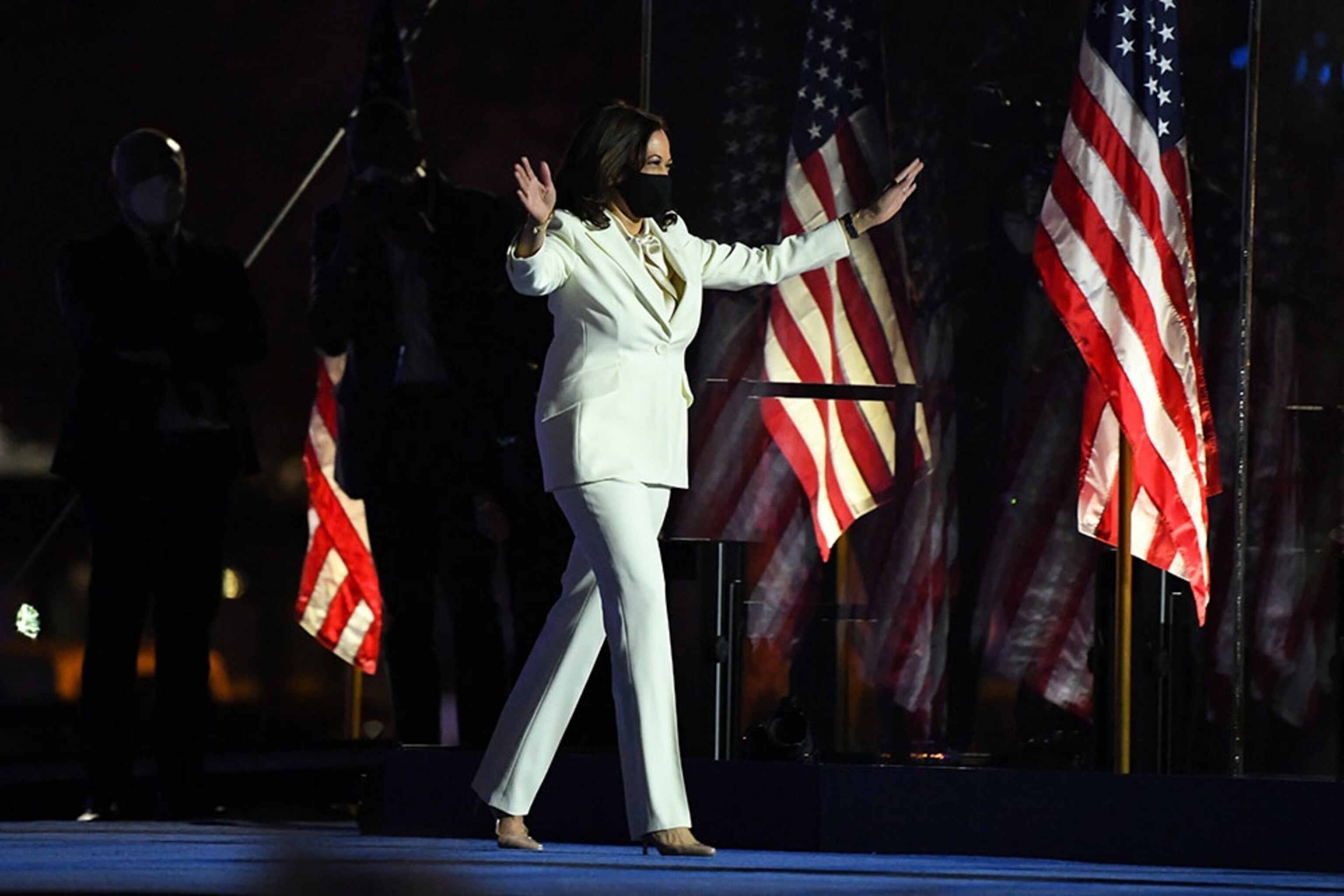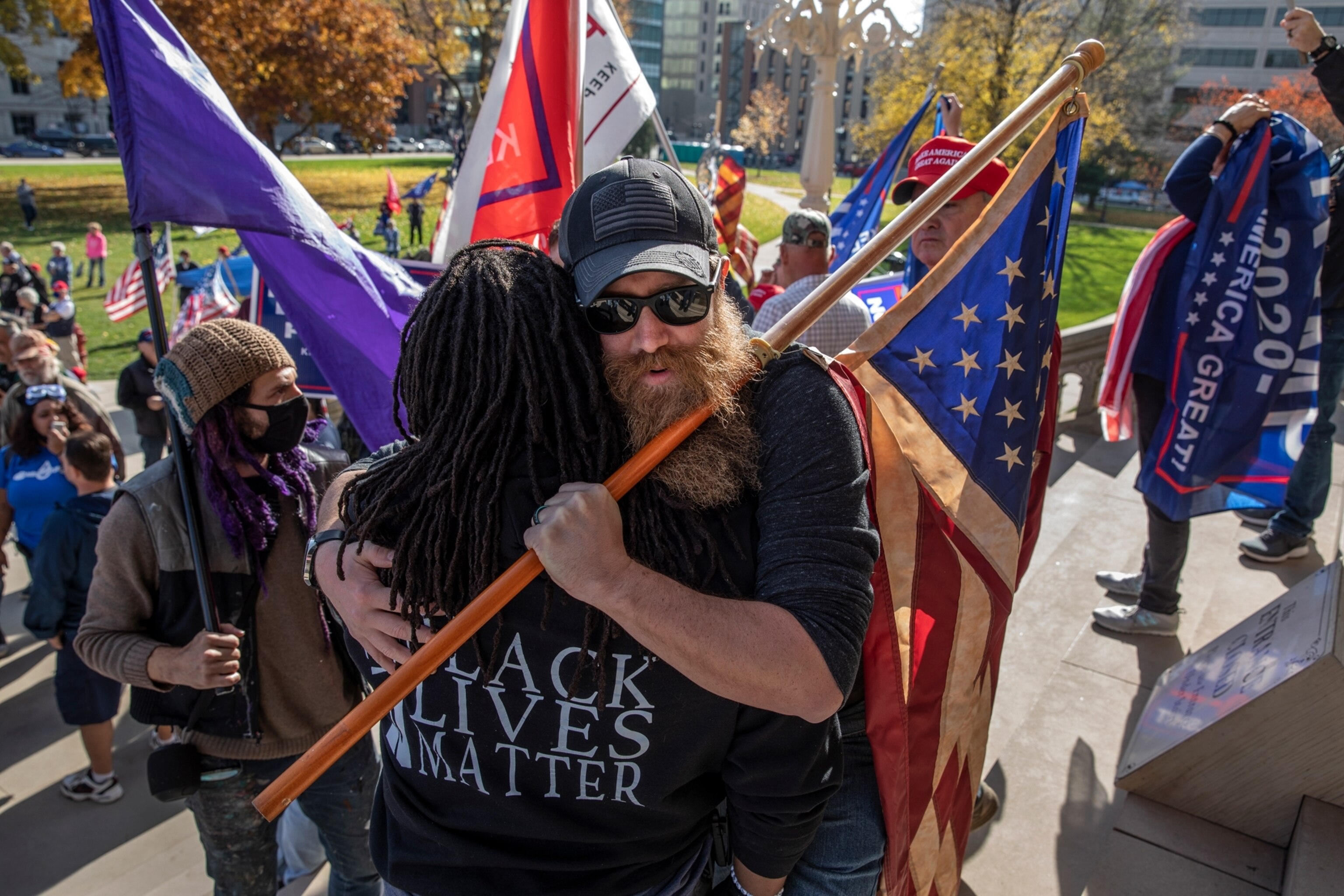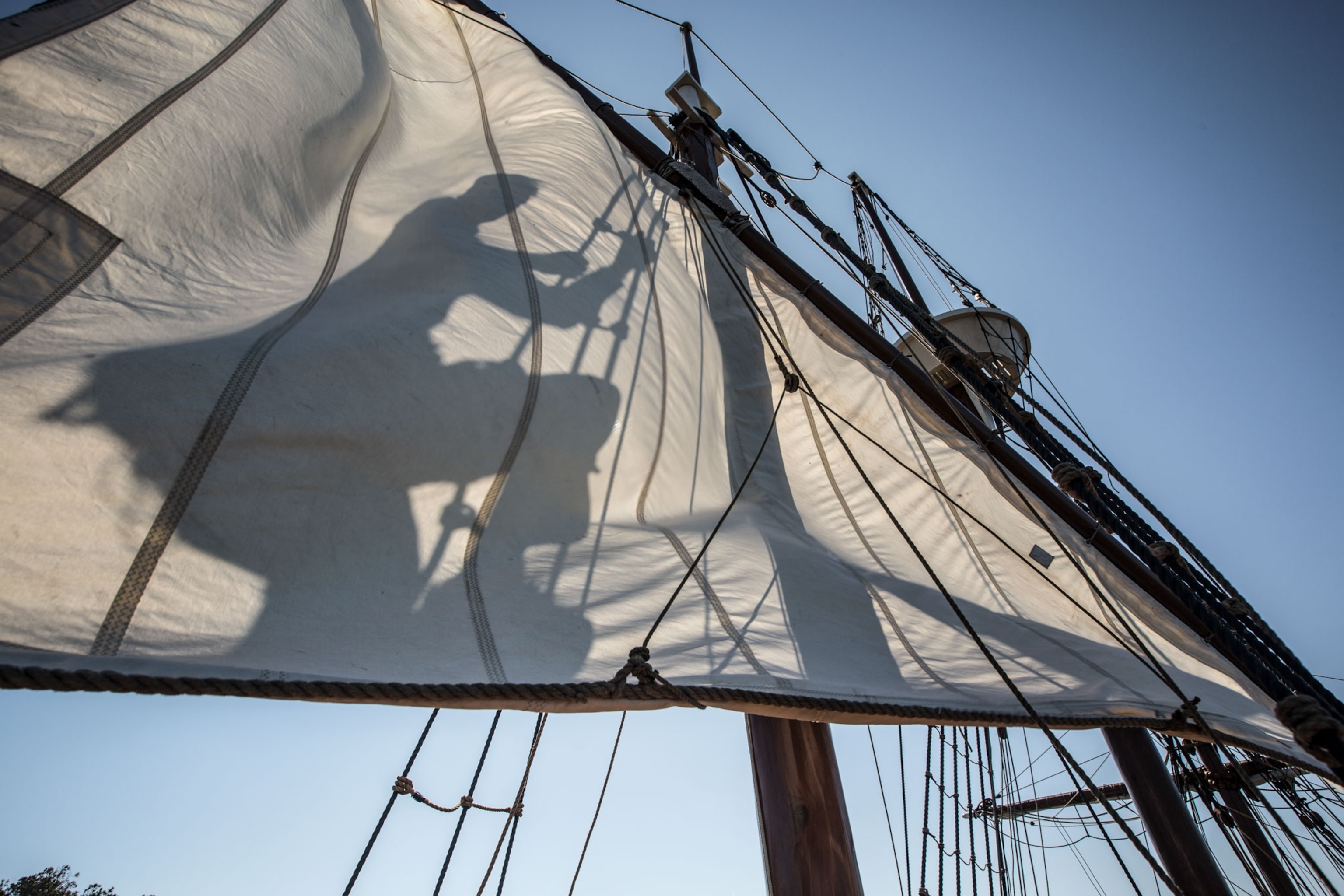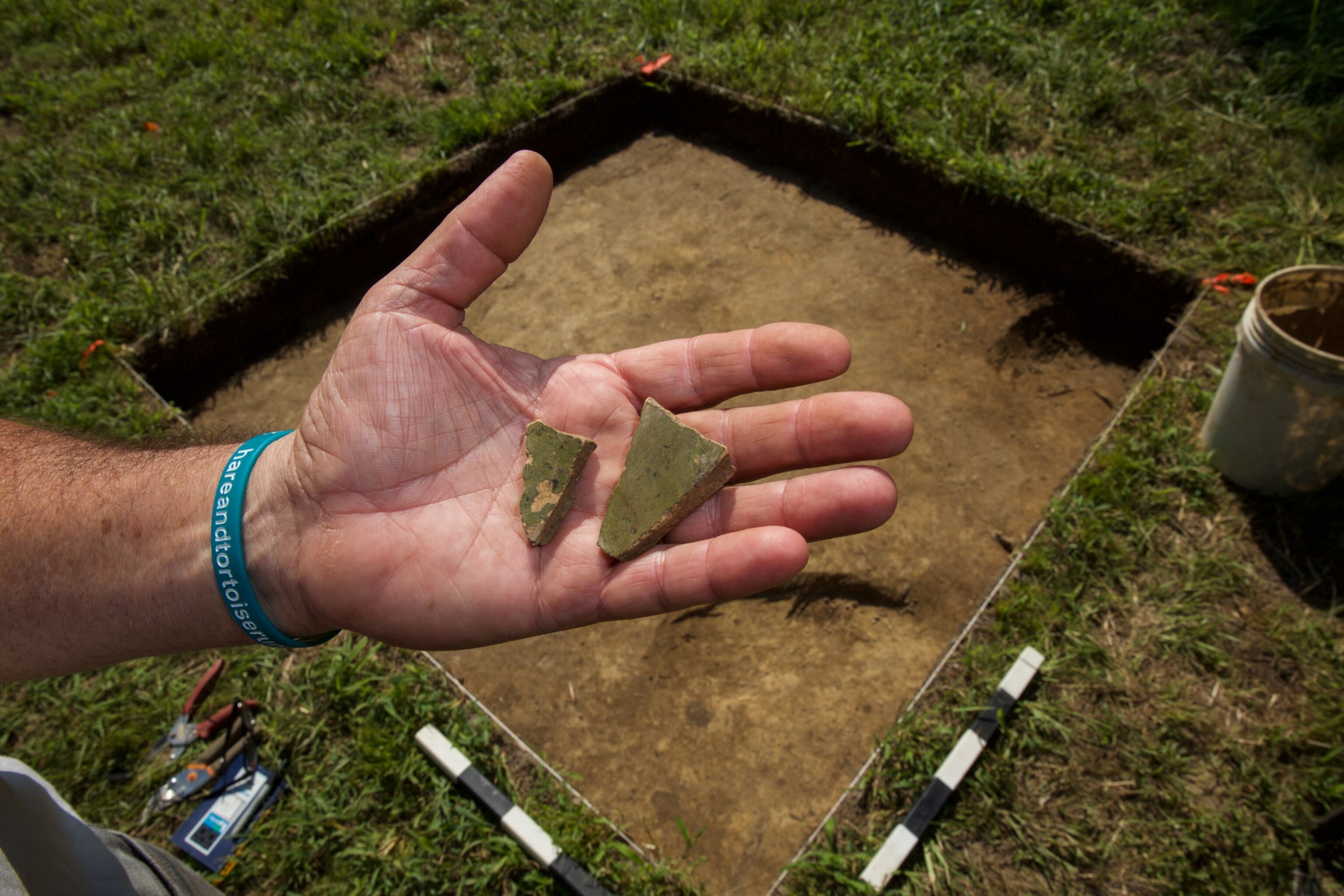
What Kamala Harris means
By Debra Adams Simmons, HISTORY Executive Editor
All of the women in my circle—Black, Jamaican, Indian, Asian, Latina, Indigenous, Jewish, and white women—cried when Vice President-Elect Kamala Devi Harris joyfully emerged on the presidential stage Saturday night. For a few moments our world stopped as we paused to bear witness to our ancestors’ wildest dreams.
The tears were not only in celebration of Harris’s achievement, but for the generations of women who made the moment possible. Harris honored her mother, Shyamala Gopalan Harris, and the “women who fought and sacrificed so much for equality and liberty and justice for all, including Black women who are often, too often, overlooked but so often prove they are the backbone of our democracy.”
Dressed in suffrage white, Harris acknowledged “all the women who have worked to secure and protect the right to vote for over a century, 100 years ago with the 19th Amendment; 55 years ago with the voting rights act; and now in 2020 with a new generation of women in our country who cast their ballots and continued the fight for their fundamental right to vote and be heard.”
The tears from my sister friends flowed in memory of the Black sorority women who were pushed to the back of the women’s suffrage parade in Washington, D.C. in 1913 and for whom the vote would not be forthcoming 100 years ago. The tears honored civil rights women such as Fannie Lou Hamer, who were the backbone of the movement but rarely have received the credit they deserve, and Shirley Chisholm, another Caribbean American woman (her father was from Guyana, her mother from Barbados) who ran for president nearly 50 years ago.
The moment also acknowledged not only women like Stacey Abrams, who led a massive voter registration effort in Georgia, but Black women in cities across the country who signed up voters, got people to the polls, fought voter suppression. Some wept for “what might have been” with a Hillary Clinton presidency in 2016.
The celebration of Harris is the culmination of historic efforts by women to be seen—and heard. This is a moment of recognition for the army of Black sorority women including the nation’s oldest, Alpha Kappa Alpha Sorority, of which Harris and six members of Congress are members, and the largest, Delta Sigma Theta Sorority, which includes seven members of Congress. These are the women called upon by Harris in her shoutout to the “Divine Nine” Black fraternities and sororities when Joe Biden named her his running mate. These women laced up their Converse Chuck Taylors, put on their pearls, and strolled to the polls. Harris’s rise also focuses attention on HBCUs (Historically Black Colleges and Universities), not just her alma mater Howard University or Abrams’s venerable Spelman College, but the 104 institutions that have educated Black Americans for more than 150 years.
Harris walked onto the grand stage to the tune of Mary J Blige’s Work That and opened her remarks with a quote from Congressman John Lewis, who died in July. Her election to the U.S. vice presidency is the capstone of the racial reckoning of 2020. Early studies show a spike in voter registration, particularly among young voters, during this summer’s racial justice protests.
Saturday’s tears were a collective expression of joy after years of holding our breath while praying for the best, but expecting the worst. Peggy Noonan, a highly regarded journalist, recently criticized Harris’s joyfulness, saying her dancing and laughter came off as “insubstantial, frivolous.” The columnist failed to acknowledge the hate, threats, and extreme racism Harris experienced on the campaign trail.
God forbid a Black woman walk through the world filled with joy. Saturday’s historic moment was vindication, not that we needed it, as well as an affirmation that we will move through the world on our own terms. There was recognition—and great hope—that our daughters will have a smoother path, and that, as Harris notes, “while I may be the first woman in this office, I will not be the last because every little girl watching tonight sees that this is a country of possibilities.”
Do you get this newsletter daily? If not, sign up here or forward to a friend.
Today in a minute
Good news on a vaccine? An early glimpse at data from Pfizer’s suggests the shots are 90 percent effective at preventing COVID-19, the company says. That would put the company on track to apply later this month for emergency-use FDA approval, though broader distribution would be months away. More than 50 million cases have been reported worldwide, 10 million alone in the United States, which has documented at least 237,000 American deaths from the virus.
He liked geography, too: Beloved Jeopardy! host Alex Trebek, also was the founding host of the National Geographic Bee, which he helmed for a quarter century. A few of the 10-, 11-, and 12-year-olds who appeared on the Geography Bee made it on to Jeopardy! a decade or so later, he once told us. His work, he said, got him recognized even on his adventures around the world. Once, he said, he was even recognized while walking along a Himalayan ridge outside of Kathmandu. From what? “From my work at the Canadian Broadcasting Corporation in the 1960s,” he answered.
Ditching the Confederacy: Mississippians voted overwhelmingly for a new state flag, without the confederate symbol placed in it by segregationists in 1894. The new flag, featuring a magnolia, the state flower, had bipartisan support, the Clarion-Ledger reports. “I have a renewed sense of hope for my grandchildren and great grandchildren,” says flag commission chairman Reuben Anderson, the first African American to serve on the state Supreme Court.
William the Conquerer did what? We know that the Duke of Normandy’s 1066 victory over the English put a French speaker on the throne—but it also inspired a linen tapestry nearly 230 feet long. The 950-year-old tapestry, considered a masterwork of propaganda, covers 60 scenes in the road to triumph, Nat Geo’s History magazine reports. Subscribers can read more here.
Your Instagram photo of the day

Come together: Trump supporter Kevin Skinner (right) and a Black Lives Matter supporter who gave his name as Marvin F. hug on the steps of the Michigan State Capitol in Lansing on Saturday. The two men briefly embraced during arguments between Trump supporters protesting elections results and counter-protesters seeking acceptance of the results. The president has bucked history by refusing to concede, Nat Geo’s Amy McKeever notes.
See the photos: The election is over, but the reactions are divided
The big takeaway

New clues of the ‘Lost Colony’: More than 100 men, women, and children sailed from England to North Carolina in 1587 to build a new settlement. Three years later they had vanished, leaving few clues of their fate. Now an archeological team has claimed it has found evidence—pieces of broken crockery recently unearthed in a North Carolina field—that it says belonged to survivors of the ill-fated Roanoke Colony. “The number and variety of artifacts recovered provide compelling evidence that the site was inhabited by several settlers from Sir Walter Raleigh’s vanished 1587 colony,” archaeologist Nick Luccketti tells Nat Geo. (Below, a piece of English ceramic may be part of a pot used by a survivor of the colony.)

In a few words
True peace required the presence of justice, not just the absence of conflict.N. K. Jemisin, American writer; from her novel The Killing Moon
Did a friend forward this to you?
On Tuesday, George Stone covers travel. If you’re not a subscriber, sign up here to also get Victoria Jaggard on science, Rachael Bale on animal news, and Whitney Johnson on photography.
The last glimpse

What patriarchy? New paleontology efforts show female hunter-gatherers, challenging an assumption in the field, which has been traditionally dominated by men. Archaeologists in the Peruvian Andes were surprised when they excavated a burial of an adult from 9,000 years ago, when an extensive set of stone hunting tools. The remains were of a female. Subsequent reviews of burials of that time revealed that between 30 and 50 percent of big game hunters could have been biologically female, Maya Wei-Haas reports for Nat Geo. (Above, an artist’s depiction of an Andean hunter from 9,000 years ago.)
